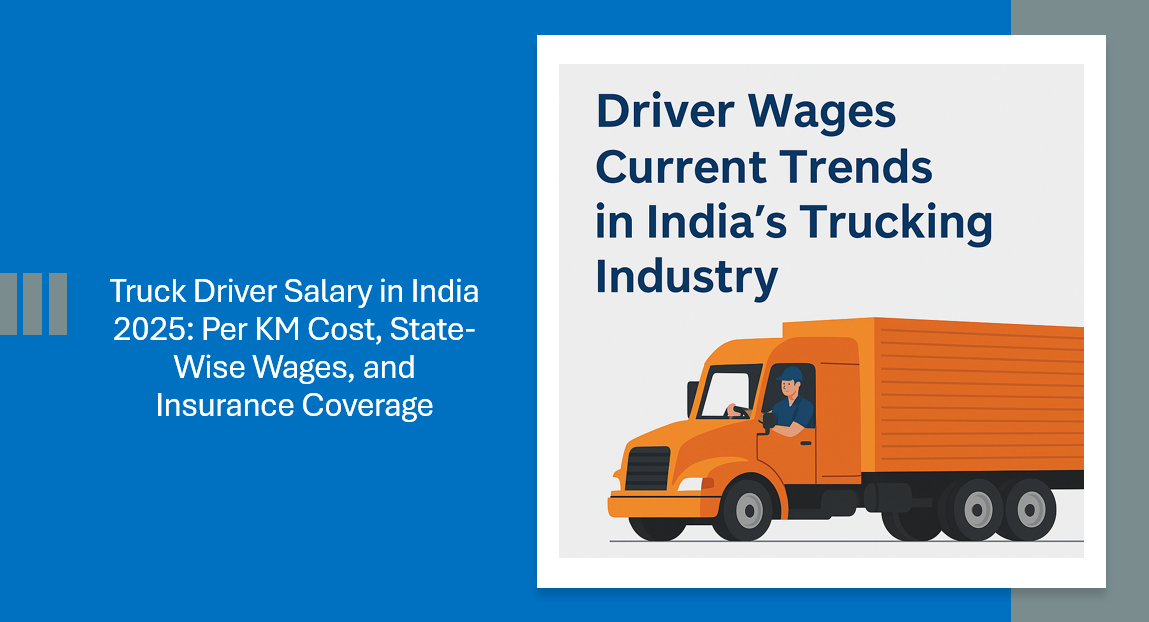The Push for Cost Reduction in Transportation
In the trucking business, we’re seeing customers asking for lower transportation costs year after year. They want to cut their overall spending. At the same time, transportation service providers and fleet owners are thinking about raising their prices to deal with inflation. Let’s look at how we can work together to lower costs and create benefits for everyone involved.
Domestic Transportation: Progress and Challenges

Improvements in the Last Decade
In domestic transportation, we’ve seen some big changes in the last 10 years:
- Better road infrastructure
- Introduction of GST
- E-Waybill implementation
These changes have really helped reduce the time it takes for vehicles to complete their trips. Plus, truck makers have come out with more advanced vehicles. This means fewer breakdowns and less tired drivers. Drivers can even enjoy some amenities at loading and unloading points now.
Remaining Hurdles
We still face some delays, though. Sometimes there aren’t enough resources at loading and unloading points, especially during busy times like month-end, quarter-end, or year-end. But the good news is that these issues can be managed by the sender or receiver.
One thing we can’t control is the “no entry” rules in some cities. But even here, fleet owners can be smart about using their vehicles to get some benefits.
Export and Import Container Transportation: A Complex Picture

When it comes to moving containers for export and import, things get a bit more complicated. Even with all the improvements we mentioned earlier, there are still many factors at play:
- Getting delivery orders and container release orders
- Dealing with container empty yards
- Availability of container loading equipment
- Container seals
- Empty container surveys
- Pre-trip inspections for reefer containers
- Equipment availability
- Form-13
- Customs clearance
- ICE gate issues
- Gate opening and closing times
- Port congestion
These are all things that shippers, receivers, and transport service providers can’t really control. Also, trailer drivers don’t get as many amenities near ports or CFSs as domestic truck drivers do.
The Impact on Vehicle Turnaround
With so many people involved in export and import container transportation, it’s hard for transport service providers or fleet owners to rotate their vehicles efficiently. This really slows down the turnaround time, which increases their fixed costs. They end up adding these costs to their freight charges, which makes transportation more expensive for customers.
In transportation, fuel is important, but turnaround time is equally crucial in determining freight costs.
How Turnaround Time Affects Freight Charges
Let’s look at an example:
Assume a BS VI 40ft triple Axle trailer has:
- Fixed cost per day: INR 4500 (covers driver salary, statutory expenses, insurance, etc.)
- Variable cost per km: INR 45 (fuel, tire cost, etc.)
- Total run: 100 km per trip
If it takes 2 days to complete the trip:
Freight charges = ((Fixed cost × No. of Days) + ( Variable cost per KM X Total Run KM )
= ((4500 × 2) + ( 45x 100)) = INR 13500
If we can reduce it to 1 day:
Freight charges = ((4500 × 1) + 45×100)) = INR 9000
That’s a 33% reduction in transportation freight charges just by reducing the delay by one day!
The Power of Collaboration

If transport service providers and customers work together on the things we can control, we can really make a difference. Customers can reduce their overall transportation costs, and fleet owners can use their vehicles more efficiently, leading to more profits. It’s a win-win situation.
We’re also hoping for support from shipping lines to speed up empty container deliveries. And we’re looking to government authorities to help reduce port congestion and support efforts to reduce truck turnaround time.
Stay Connected with LOGIXMINDZ
Want to stay up-to-date with the latest in logistics? Subscribe to our linked in newsletter and blog for fresh insights. You can also join our LinkedIn group for even more valuable content.
Best Regards ,








Leave a Reply